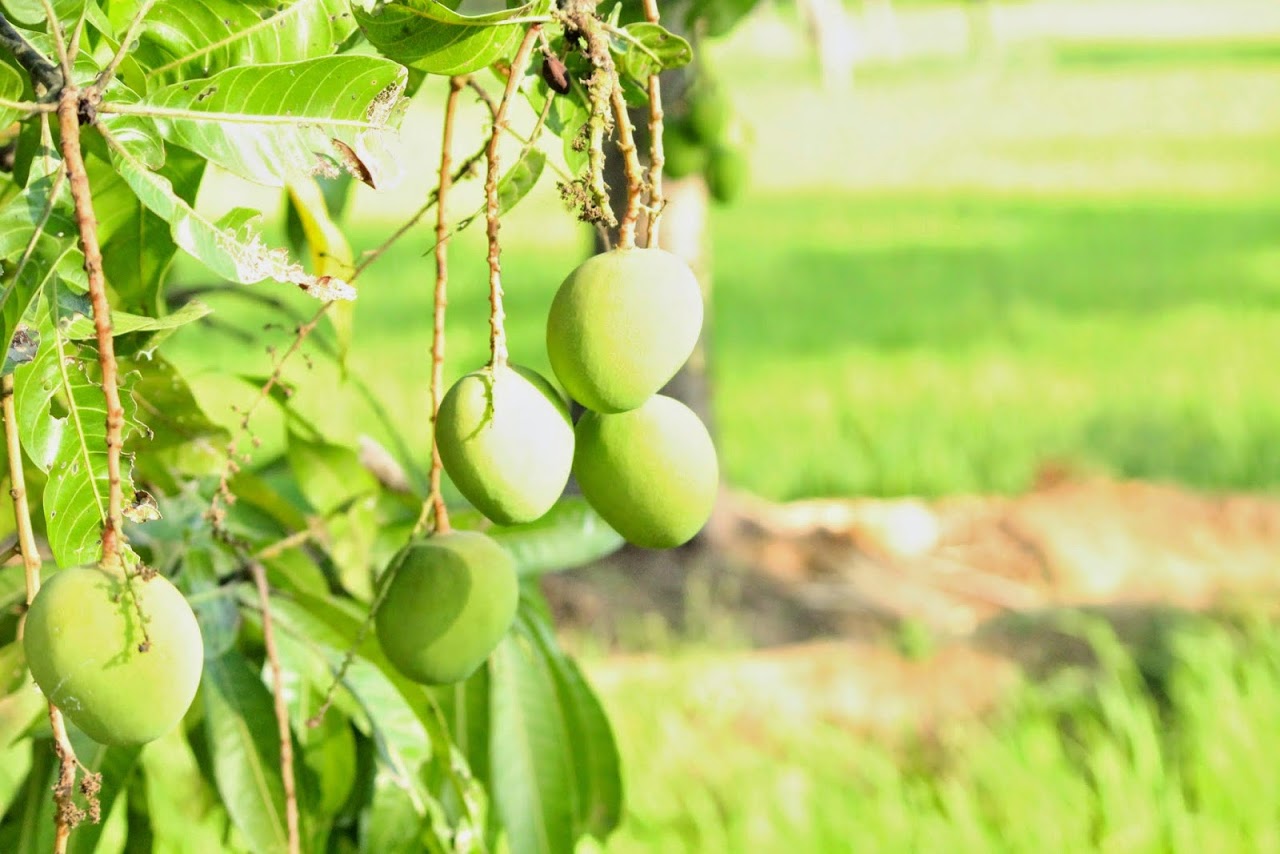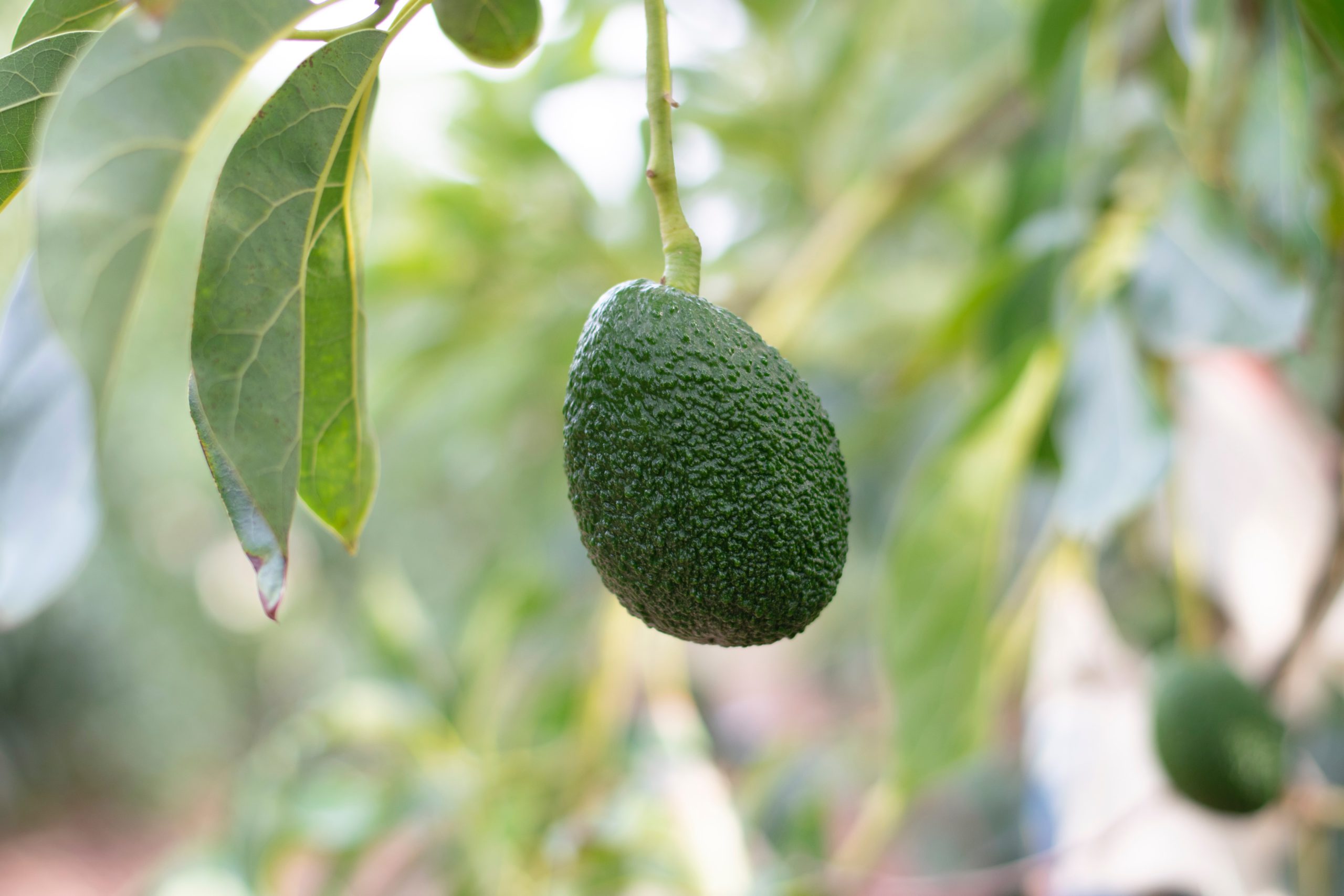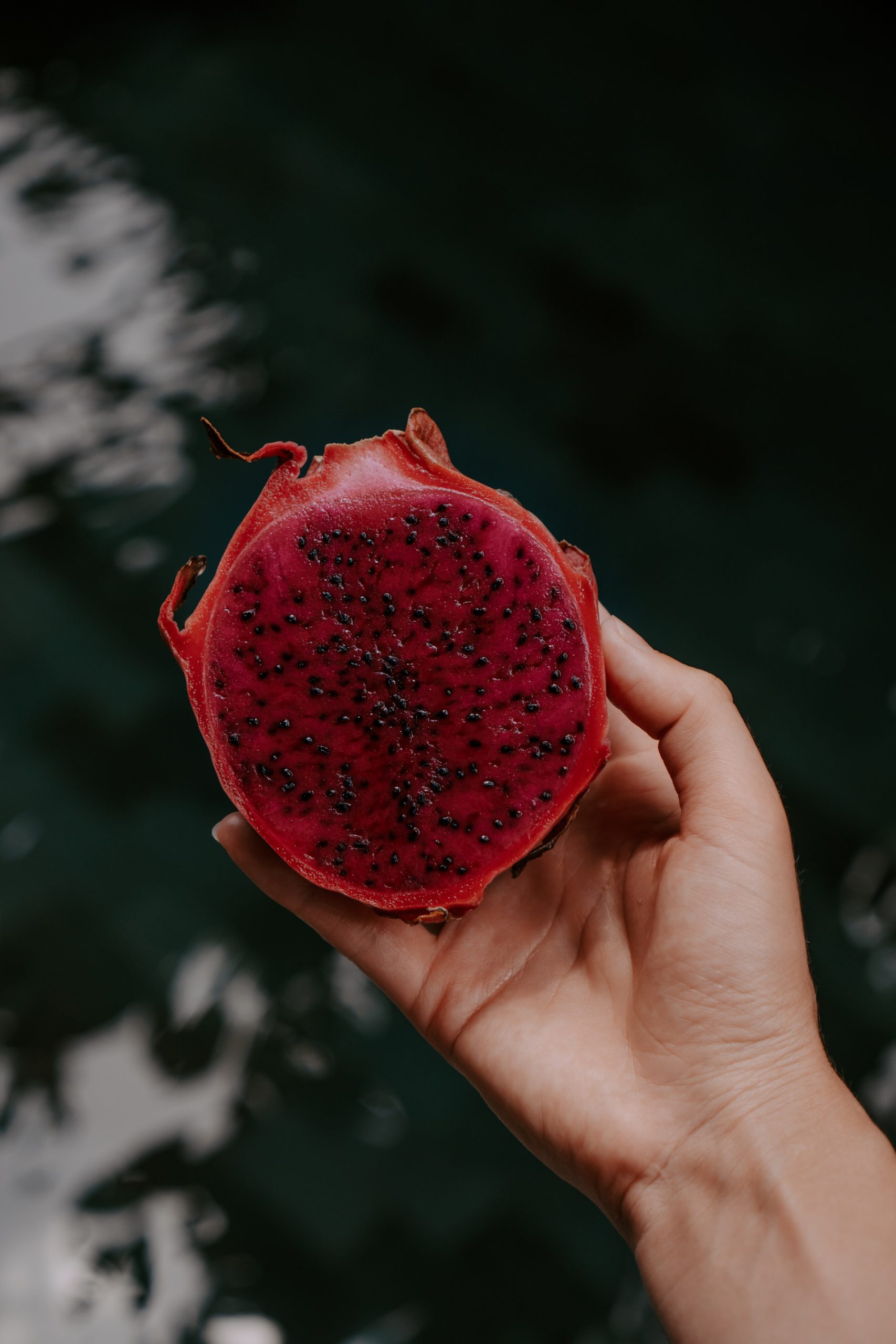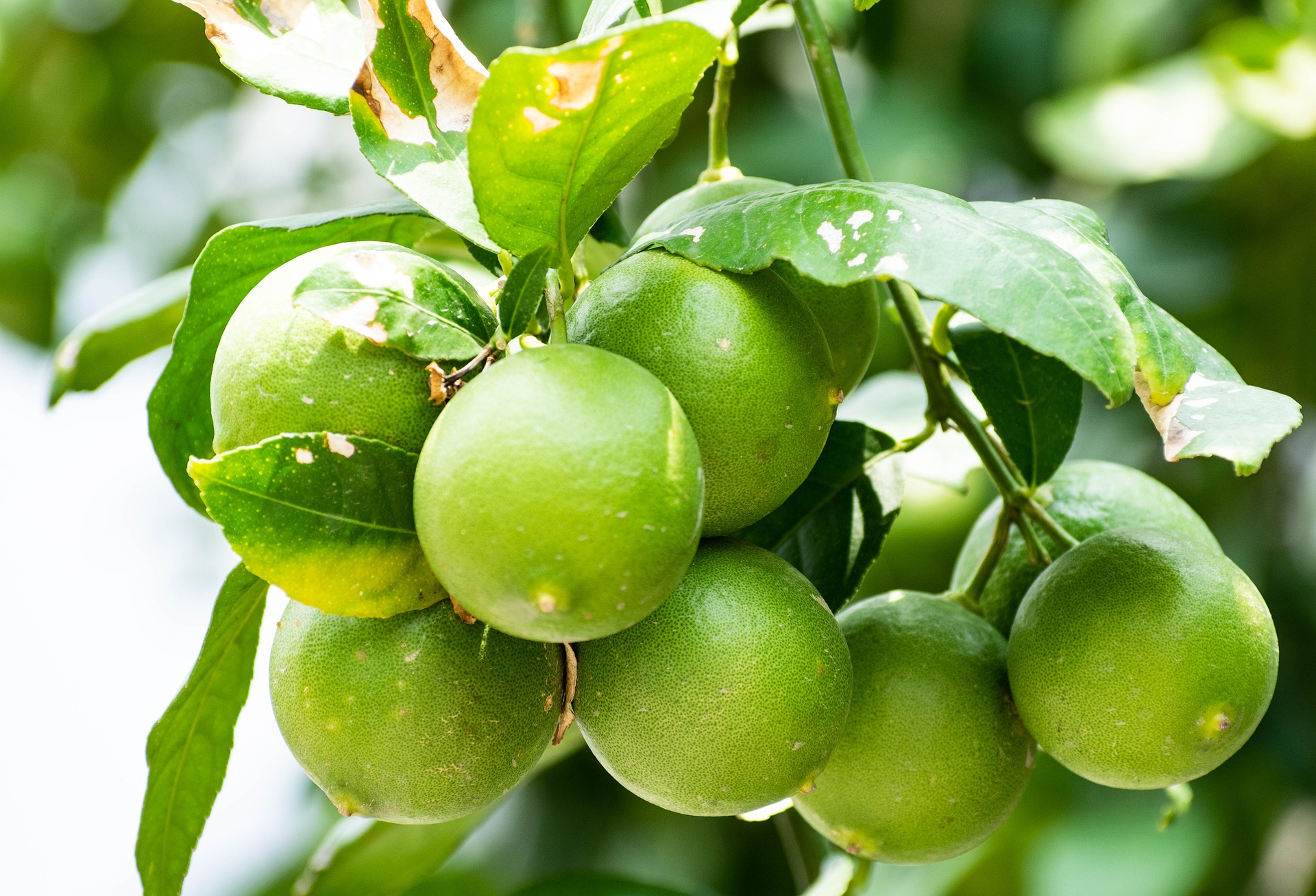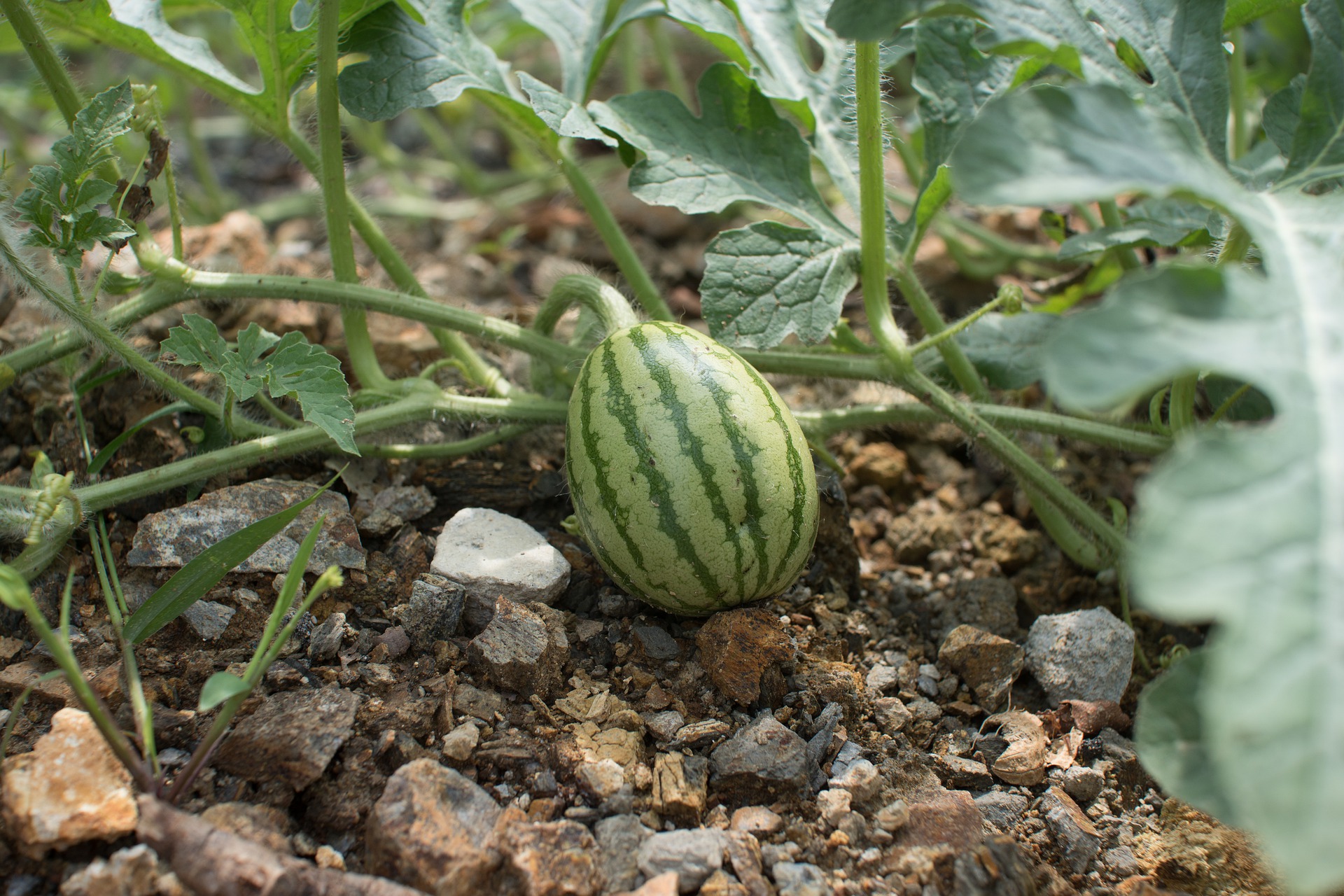Your cart is currently empty!

Papaya Farmers – Income, Profit, Costs & Yield Per acre
When it comes to farming, Everyone wants to know what’s in return. Yes, some people do get the feel-good factor and the feeling of accomplishment that they can feed a few hundred people but then at the end of the day profit matters for most farmers.
When farming for papaya, farmers find it a bit difficult to see the profitability of the crop. Papaya fruit as such is not so widely consumed or preferred by most households in Kerala. Remote villages usually treat papaya as one of the few fruits which is not commercially cultivated or preferred. As a matter of fact, Workers on our farm gift me Papaya fruits once in a while because they have papaya trees in their premises and don’t consume it. I on the other hand prefer papaya to apples or oranges which is not grown locally.
Fortunately, papaya has a different market. While people in the villages and rural areas don’t prefer eating papayas, many in cities and towns prefer papayas as they are healthy, have lower calories than some other fruits and also are rich in vitamins and minerals. Papaya , like most fruits, is mostly water. Its not as sweet as other fruits and does not add up on the calories. To make it more interesting, papaya is filling. One kilo of papaya has approximately 400 calories while a kilo of rice would amount to 1250 Calories. Papayas contain fiber, water, sugar and other vitamins and minerals too . In comparison to other fruits papaya ranks lower in calories than most fruits, including apples and mangoes.
Apart from being one of the healthiest fruits, it’s also considered as a superfood.
This makes papayas more enticing to urban communities and the market for papaya in Delhi, Chennai, Mumbai and other cities have been steady and increasing.
When it comes to profitability, 2 factors come into play. First is the market itself. Where do you plan to sell and what is the value of the product in the market? Markets near cities will often give you a better rate. Markets in remote areas will not give you the rates you expect and often will not buy huge quantities. The second factor is the quantity and the quality of your produce. While some markets will prefer smaller fruits (less than 1 KG, usually half kg) others will take fruits of any size. The quantity matters too. If you have a larger quantity fo produce, the profit automatically increases if the market is willing to purchase your product.
So before you begin, do a market study of what sells locally or where you can sell. The prices usually vary a lot. For instance, Papaya in Goa Sells at 10 Rs per kg and 1000 Rs Per quintal. While the same produce may give you 4000 Rs per quintal in Maharashtra. Kerala has very low value for papaya except in cities. While the product may cost you up to 50 rs per fruit in retail, the price farmers get is far lesser.
While you may have limitations to reachability and market, you will have no limitations (in most cases when it comes to producing the quantity).
The most common varieties in Tamil Nadu are Co2, CO3, Co5, CO6, CO7 , CO8. These varieties give a yield between 200 to 250 Tonnes per hectare which is roughly 100 Tonnes per acre. With an average yield of 75 tonnes per acre, a farmer could easily make approximately 7 and a half lakh per crop (usually 3 Years) which is a profit of approximately 400,000 Per Crop from papaya plantation
Below are the yield and variety lists for each of the varieties
| Weight | Fruits per tree | ||
| CO2 | 1.5-2 KG | 80-90 | 200T/Ha |
| CO3 | .5-.8 | 90-120 | 100-120T/Ha |
| CO4 | 1.2-1.5 | 80-90 | 150T/Ha |
| CO5 | 1.5-2 | 75-80 | 200-250 T/Ha |
| CO6 | 2 | 80-100 | 12 – 160 T/HA |
| CO7 | 100-110 | 340 T/Ha | |
| CO8 | 200-230 T/Ha |
Other varieties which are commercially viable are
- Coorg Green
- Coorg Honey Dew
- Honey Dew
- Pusa Delicious
- Pusa Nanha
- Ranchi selection
- Solo
- Sunrise Solo
- Taiwan
- Washington
Each of these varieties have their own prominence based on location where they are cultivated, weather and other factors and are recommended on conditions, therefore.
Papaya Crop – How long is a complete crop.
Papayas Take 6-8 Months to grow and be ready for fruiting. Some plants, usually the desi variety could take up to a year and a half to start flowering. While the desi varieties can usually last 5-8 years , they are not commercially viable because the yield is much slower. Each year, you can expect approximately 30 Fruits, which is lower than what most commercial papaya farmers expect. With the Hybrid varieties which are tested and grown commercially, you can expect to get your first yield in 8 months and a good yield in the second year too. The third-year is moderate.
The total papaya crop will last 24-30 months when grown commercially. Otherwise, i have a tree which is around 8 years and still gives me a few fruits every year. So in reality, you can expect a banana tree to last nearly 7-8 years easily but when it comes to commercial viability, 3 years is the higher side.
Though most plants do last 7 to 8 years, they don’t start fruiting for the first 8-10 months. The first year(almost all of it) is completely into the trees growth. They grow strong roots, thick shoots and as much foliage as it can , which isn’t much. Once the plant is a year old, the flowers start setting and in most parts of india, the rest of the trees life is into fruit production. Papayas grows Year round and there are fruits almost all through out the year save the winter when fruiting is a bit lesser.
The Best season to grow Papayas
Papayas when young, Require regular watering and care. While you can start a Papaya farm started any time of the year, its best when started during the monsoon. To be specific, June / July of the year is the best time to grow papayas in india. When planted during winter, the plants grow so slow and its very painful for almost any farmer to watch their crop not growing at all. Moreover, there is constant maintenance to the plants in the farm which includes watering, fertigation and weeding which really puts down the farmers and make them really let down. In summer, watering will be key because the plants are young. Regular watering could be hard for most farmers and chances of young plants dying is really high.
What does the papaya plant cost and are seeds better than plants?
Papaya Plants could cost anywhere between 5 Rs to 40 Rs, depending on how big they are and what variety they are. They also depend on locations. For instance hybrid Papaya plants cost 30 Rs in Kerala From the Kerala agricultural university while normal papaya plants cost 15 rs in Kerala. The cost for normal Papaya plant in TNAU (Tamil nadu agricultural university costs 5 Rs per sapling. While the difference in price is 3 times, there are reasons for the same too. While the TNAU plants which sells for 5 rs per sapling is only a month old, you get a plant from KAU at 15 rupees which is over 2 months old. The chances of older plants dying si much lesser than that of very young plants. Also older plants are much easier to transport than smaller plants which may not survive the transportation ins ome cases..
When it comes to seeds, You could start a papaya nursery with a much much lower cost. A kilo of Most hybrid seeds cost 2000 to 5000 Rupees. That, while sounds a lot, you would be looking at a huge inventory because one KG of papaya seeds could be around 10,000 to 15,000 seeds. With germination of even 50% you would be looking at 5000 Plants at the cost of 1 Rupee (on the higher side) per plant which is a lot lower than what you would buy as a sapling.
If you are looking to plant in 4-5 acres, or more, its always profitable to start a nursery yourself. Buy the seeds and germinate them in your own farm. While this may be time consuming and labor intensive, its really worth it when you look at the factors financially. If you would buy plants which are 2 months old, you would be spending 75,000 Rs + Transportation as compared to 5000 Rs + 2 months time and labour (which is 5 man days ). Apart from regular watering, there is no other costs involved.
Where to plant your Papaya plants
There are only a few factors to take care of when planting your papaya tree. The fist and foremost is the soil condition. Papaya have spreaded roots. They don’t run deep , but they go broad and wide. These trees are perfect for sandy loam soil but don’t thrive so well on Clay soil which are hard to penetrate. The second most important factor is sunlight. Full sun is always recommended. With shaded conditions, papaya stems usually end up thin and tall, have reduced to no flowering and are generally weak. The third most important factor is wind. While most farmers overlook this factor, papayas have weak stem. If your location is windy, Try to protect them from the wind. A south side of any plantation or agro forestry is preferred to protect from wind conditions.
So what really happens if these conditions are not met? Usually the plants dont grow to the desired height and produce lesser yield. Worst case scenario is that your plants dont grow at all or even if they do grow, they will fall when they are a year old or more. Clay soil with right watering will give you a good growth and your plants may even look healthy but after a year or two if the winds are high, chances are the roots would be able to hold themself and the tree will fall.
Recent Categories
Recent Posts
Post Archive
Category Tags
There’s no content to show here yet.
